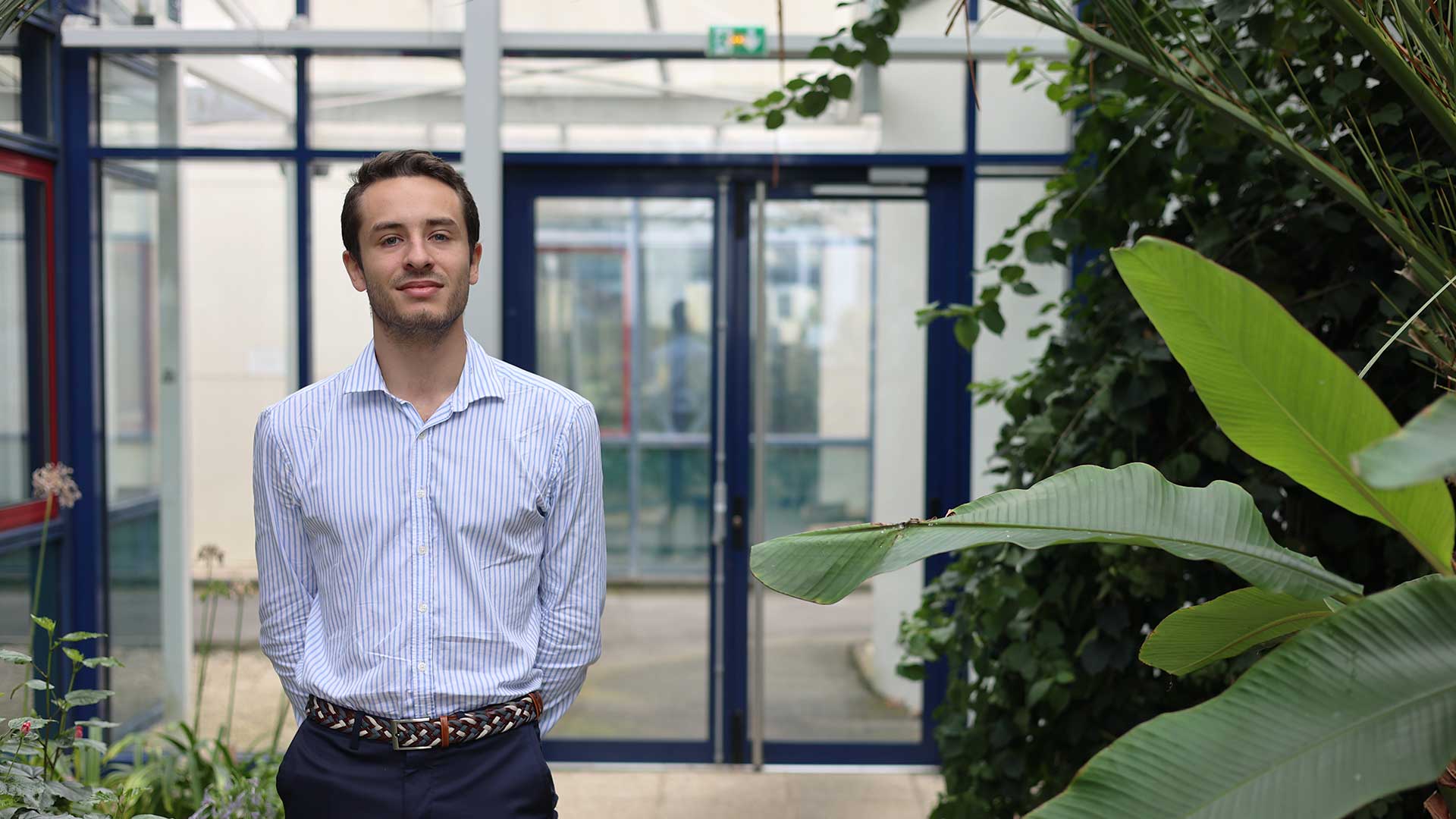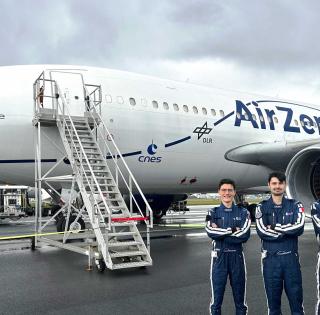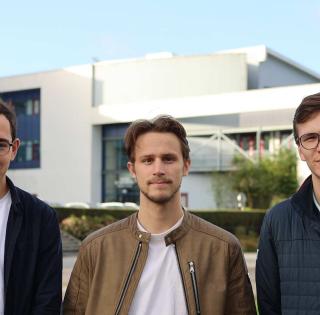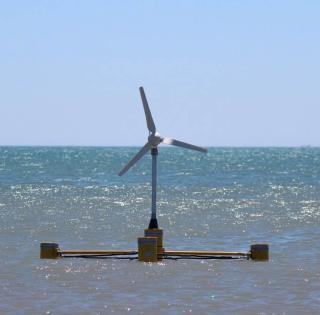
How did you become interested in vehicle architecture?
Before enrolling at ENSTA Bretagne, I already had a strong interest in the automotive sector, especially in armaments. I had a strong interest in armored vehicles, such as tanks. During my training, I was mostly surrounded by students interested in civilian vehicles, especially Formula 1, but that didn’t stop me from focusing my project on the defense sector.
What is your fondest memory as a student at ENSTA Bretagne?
I think one of my fondest memories is moving in with four friends I met there. It was the beginning of some wonderful friendships. As for clubs and associations, I used to go climbing a lot and I was also involved in the Games Bureau. These are some very fond memories for me.
Which course project stood out the most for you?
The one I found most original and relevant was the “Corporate Games” project, which consisted of a mock project to be completed in a group over 2 or 3 days. As heads of a company, we had to make a number of decisions, in terms of recruitment, procurement, marketing, etc. Each decision had an impact on the company's results, and we had to make constant adjustments to keep the company moving forward. I liked the competitive aspect, the team spirit it created, and most of all, the fun I had working in groups with other students.
How did your end-of-study project at Arquus go?
When one of our professors mentioned Arquus’s offer in vehicule hybridization, I jumped at the opportunity because it fit all my criteria. Two of my classmates and I were working on a tank hybridization project. Our aim was to simulate the operation of a main battle tank during a mission and demonstrate the potential fuel economy gains associated with a new hybrid vehicle architecture.
If you take the Leclerc tank, for example, which is somewhat outdated, it raises the question of engine replacement or hybridization. The advantage of hybridization (an internal combustion engine combined with an electric motor) is the complementary nature of the two engines. The electric motor is more efficient at low engine speeds, while the internal combustion engine is better suited for higher engine speeds. In certain phases of a mission, this could result in fuel savings of up to 40%.
What I liked most about this project was the fact that we had a global vision of the vehicle; I liked the product itself, so I enjoyed working on it.
How would you sum up your training at ENSTA Bretagne?
It helps you grow and gives you a sense of responsibility. Thanks to the school, my transition from student to engineer went smoothly. For me, the turning point came during my second-year internship at Rheinmetall, when I was finally able to put into practice what I'd learned in the classroom. There is a lot of trial and error, a lot of learning, a lot of testing, and it is very educational.
What are your future career plans?
I joined Arquus as a systems engineer working on hybridization and vehicle energy management. This position is a continuation of my end-of-study project and is exactly what I had hoped for. My next challenge is to better assimilate into the team and make the best possible contribution to their activities.
Do you have a message for anyone interested in joining the school?
My initial vision of the defense sector was very elitist. But I quickly realized that this sector recruits more than most people think. I would encourage any young student interested in this area to keep up with the latest news and give it a try. ENSTA Bretagne is well known to everyone involved in the French defense sector.
The defense sector is a passion of mine. I am rather patriotic and proud to be of service to France and its interests.










